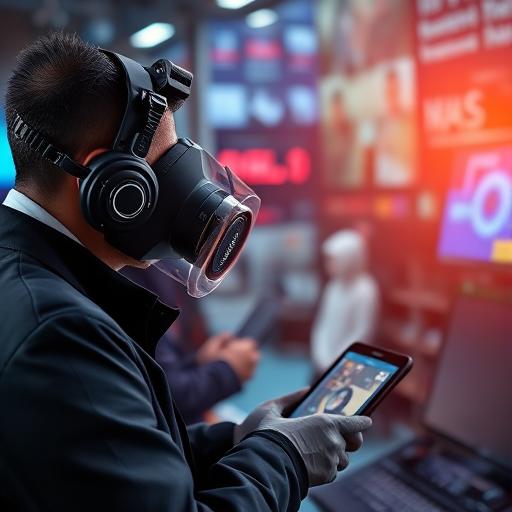White noise is a type of noise that has a flat frequency spectrum, meaning that it contains equal amounts of all frequencies within a certain range. It is called white noise because it is similar to the noise that you hear when you tune a radio between stations and hear static. White noise is often used as a background noise to mask other sounds, such as when it is played in a bedroom to help people sleep.
White noise is produced by combining sounds of different frequencies together, resulting in a sound that has no specific pitch or tonal quality. It is commonly described as sounding like a rushing or hissing noise.
White noise can be generated electronically or mechanically. It can be produced by a white noise machine, which uses a circuit to create a random signal that is then amplified and played through a speaker. It can also be created by a noise generator app on a smartphone or computer.
White noise is often used in a variety of settings, including offices, classrooms, and hospitals. It can help to mask other sounds and create a more peaceful and calming environment. It is also used in soundproofing materials, such as earplugs and noise-cancelling headphones, to block out unwanted sounds.
White noise has been found to have a number of benefits, including helping people sleep, reducing stress and anxiety, and improving concentration. It can also help to mask tinnitus, a condition that causes a ringing or buzzing in the ears.
White noise is not recommended for continuous use at high volumes, as it can damage hearing over time. It is also not recommended for people with epilepsy, as it can trigger seizures in some individuals.
Overall, white noise is a type of noise that has a flat frequency spectrum and is often used to mask other sounds or create a more calming environment. It has a number of potential benefits, but should be used with caution to avoid damaging hearing or triggering seizures.
Table of Contents
Tech News: What You Need to Know This Week
The world of technology moves at a breakneck pace. Keeping up with the latest breakthroughs, innovat…
AI News and Tips: Staying Ahead of the Curve
The world of artificial intelligence (AI) is evolving at breakneck speed. New breakthroughs, ethical…
Level Up Your Digital Life: Essential Computing Tips
Let’s face it, we live in a digital world. Computers, smartphones, and tablets are integral to…


